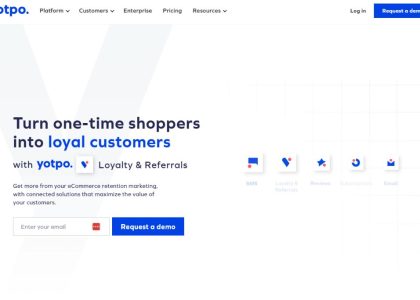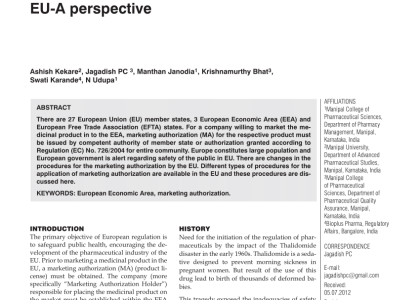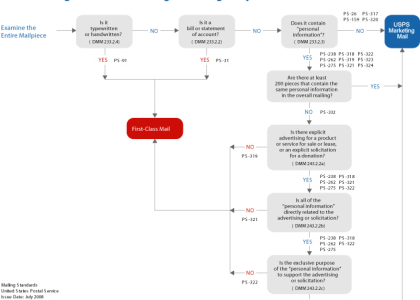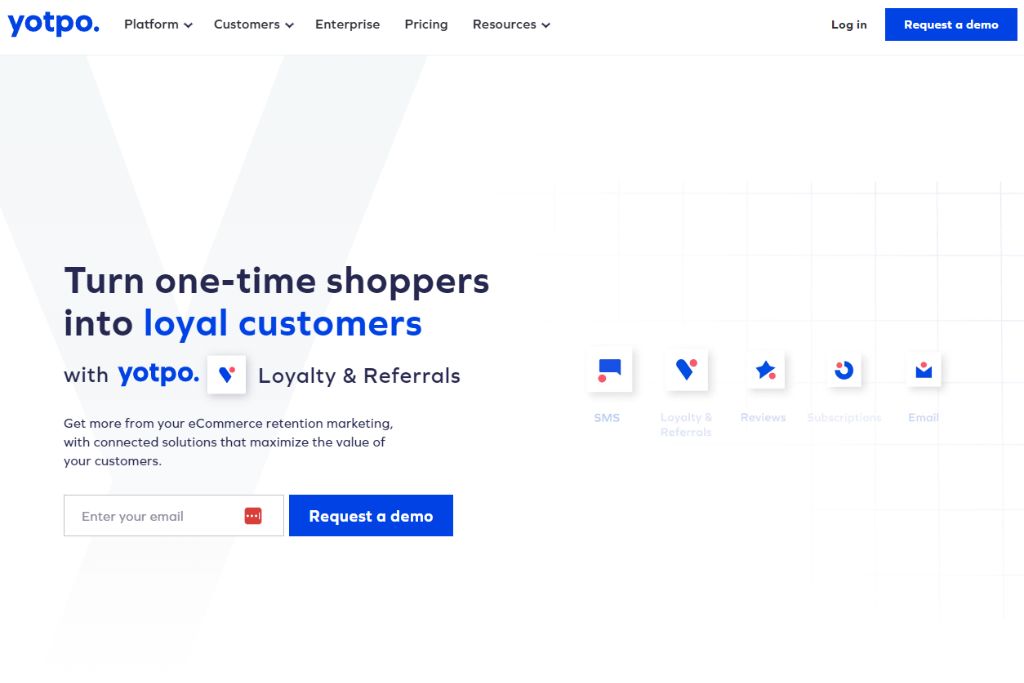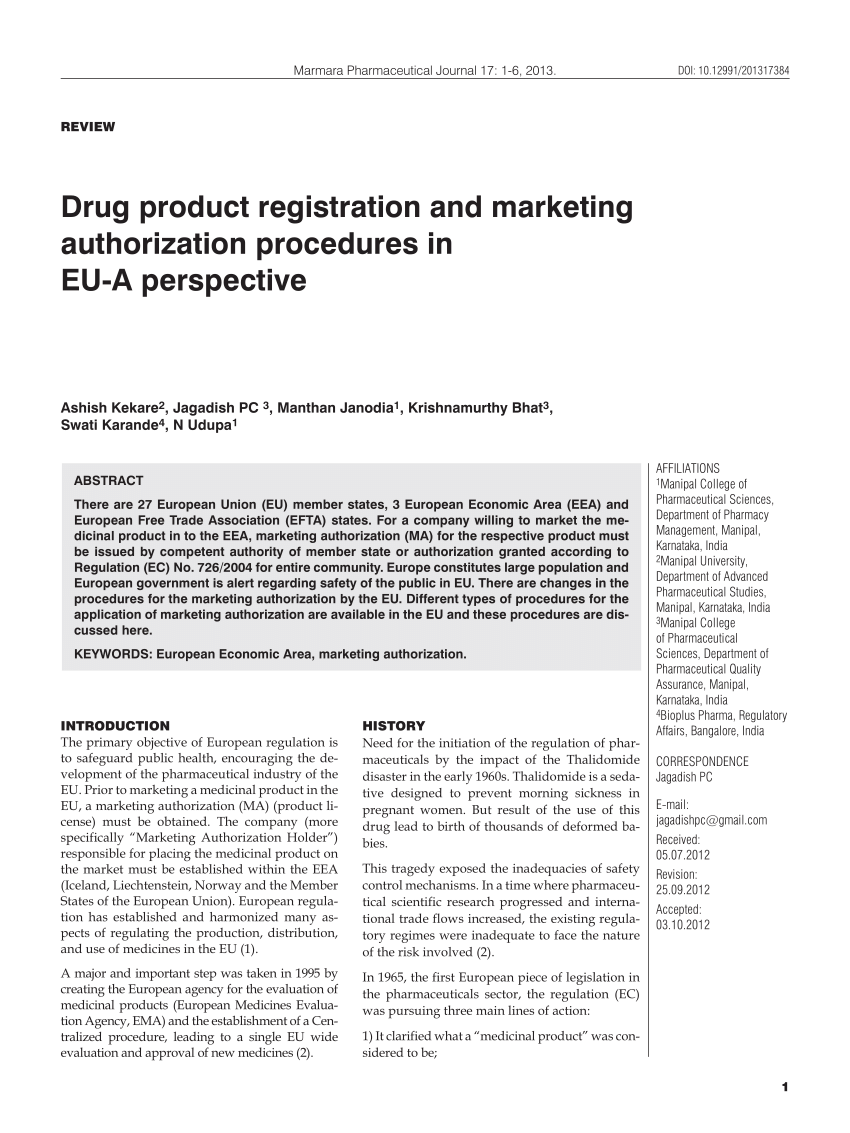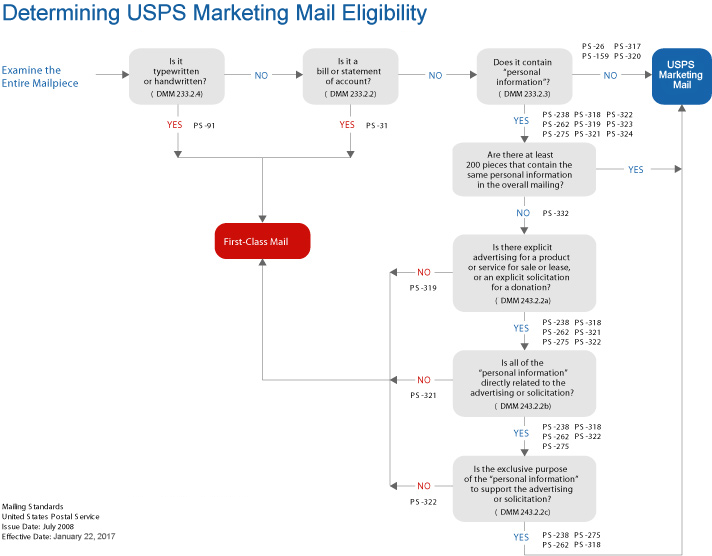In today’s digital age, businesses can no longer afford to ignore the impact and potential of social media in formulating a robust inbound marketing blueprint. A dynamic and strategic approach to social media can propel a brand’s visibility, customer engagement, and business growth.
Implementing inbound marketing strategies circled around social networks can be an innovative way for businesses to attract and nurture prospects effectively. The solution lies in leveraging these interactive platforms to build strong and long-standing relationships with your target audience. This exceptionally broad and diverse communication tool precisely serves to bridge the gap between audience needs and company offerings.
Being a significant player in the digital marketing landscape, social networks contributing to inbound marketing not only help enhance brand awareness but also drive lead generation and conversion. Regardless of your business sector or size, a well-crafted social media strategy can strengthen every stage of the inbound methodology—Attract, Engage, and Delight.
This article explores the essence of social media as the backbone of a successful inbound marketing strategy, highlighting its advantages, best practices, and ways to harness it effectively. Dive in to understand why and how integrating social networks into your inbound marketing strategy can be a game-changer for your business.
Deciphering the Principle of Attraction Marketing
Attraction marketing, often referred to as inbound marketing, introduces a fresh perspective to the marketing world. Traditional marketing methods primarily focused on interrupting audiences with various promotional techniques aimed at creating an interest in their products or services. However, the foundation of attraction marketing lies in earning the audience’s attention instead.
This seamless mode of marketing involves creating valuable content, tailored to resonate with the potential consumers. By doing so, businesses not just capture their interest, but also position their brand as a dependable source of information.
The Core Elements of Attraction Marketing
To comprehend the concept of attraction marketing better, consider its four main components:
- Attract: Initiate by creating engaging content that is likely to attract potential consumers.
- Convert: Employ strategically placed ‘Call to Action’ prompts which encourage consumers to share their contact information in exchange for helpful content or deals.
- Close: Utilize advanced analytics and CRM tools to convert these leads into sales. The process generally involves email marketing and automation, among other things.
- Delight: Ensure an excellent post-purchase experience for each client. Turn these one-time buyers into loyal customers and brand ambassadors by exceeding their expectations.
With the modern consumers being increasingly selective about their choices, attraction marketing offers businesses a chance to establish a meaningful relationship with their target audience. It benefits the enterprises by enhancing their online presence, credibility, and customer loyalty while offering consumers a personalized, informative and engaging experience.
Embracing creative strategies, such as creating compelling blog posts, educational videos, enlightening webinars and engaging social media posts, can propel the success of an attraction marketing campaign.
In conclusion, by drawing customers in with value-adding content, attraction marketing effectively spins the traditional marketing model around. It positions the brand as a trusted advisor in the industry, thereby increasing its reputation, reach and return on investment.
Establishing the Significance of Social Networking Platforms in Marketing Approaches
An understanding of the place of social networking platforms in a well-rounded marketing approach is essential in the era of digital marketing. A significant shift in marketing strategies can be seen with the exponential growth of social networks as key platforms for engaging with the target audience.
Considered as the backbone of inbound marketing approach, these digital networking platforms can facilitate business growth by driving high-quality leads, fostering customer relationships and enhancing brand visibility.
The Pillar of Inbound Marketing: Social Networking Platforms
Scalable, cost-effective and flexible, social networking offerings in the digital space are crucial in implementing a successful inbound marketing blueprint. They serve primarily to attract, convert, close, and delight customers. This moves them further along the funnel making these digital platforms an ingenious part of the marketing protocol.
Brands can leverage social networking tools to curate personalized content that resonates with their audience, enabling two-way communication and cementing customer loyalty.
- They can be an effective tool to use for creating and sharing engaging content that indirectly promotes your brand or products.
- These platforms allow for easy collection and display of customer reviews and testimonials, easy customer interaction and query handling.
- Most importantly, measuring the success of marketing campaigns becomes easier with built-in analytics and data tracking features provided by most social media platforms.
Ultimately, the role of digital networking platforms in a marketing approach exceeds the traditional ‘outbound’ methods by allowing businesses to be more proactive and responsive towards their target customer’s needs.
The Potency of Synchronizing Social Media and Inbound Promotional Tactics
The influence of merging online networking platforms and inbound promotional measures cannot be overstated. The integration of the two can significantly boost a company’s ability to drive traffic and generate qualified leads, ultimately increasing sales.
Harmonizing social media with your promotional strategy can provide a high customer engagement rate. By investing in online platforms, a company can maintain continuous communication with their target audience and build brand loyalty. Properly executed, this could yield bigger returns on investment, achieving both short-term objectives and long-term marketing goals.
Benefits of Integrated Strategies
1. Increased Accessibility
The rise of social media usage has transformed the way consumers interact with businesses. Prospective customers no longer have to make physical visits; all the information they need is usually just a few clicks away.
2. Shared Content Generates Leads
Expertly crafted social media posts not only draw eyeballs but drive traffic to your website. This significantly boosts the chances of converting viewers into potential leads.
3. Superior Customer Service
Combining social media with the inbound approach provides an opportunity for businesses to offer enhanced customer service. It allows for prompt and efficient responses, improving customer satisfaction and fostering retention.
Through strategic alignment of social media campaigns and inbound marketing, businesses can extend their reach, enhance customer relationship management, and generate measurable results. Moreover, the marvellous tool of analytics associated with these digital mediums provides invaluable insight into customer behaviour, engagement metrics and conversion rates.
- Accountability: Evaluate success and make necessary adjustments to initiatives.
- Innovation: Drive creativity by exploring new approaches to reach audiences.
- Cost-effective: Reach more people at lower costs compared to traditional marketing methods.
Ultimately, capitalising on the alignment of social media and inbound marketing can lead businesses towards lasting success in the dynamic digital marketplace.
Moving from Traditional Approaches to Modern Strategies in Social Media Marketing
When discussing conventional marketing tactics versus contemporary methods, we’re essentially talking about outbound versus inbound strategies. Traditional, or outbound marketing, often involves tactics such as TV commercials, print advertising, and cold calling. These strategies are frequently seen as intrusive, blasting messages at consumers whether they want to hear them or not. Meanwhile, inbound marketing, particularly in the realm of social media, shifts the focus to creating quality content that pulls people towards a brand, product, or service.
Emerging platforms of communication such as Facebook, Instagram, LinkedIn, and Twitter have become vital tools in marketing. They enable the transition from traditional outbound strategies to modern inbound ones by allowing brands to build relationships with their consumers. But how does one seamlessly make this transition?
Building the Bridge: The Shift from Outbound to Inbound Marketing Strategies on Social Media
Developing a strong content strategy is paramount. In inbound marketing, content reigns supreme. Instead of interrupting customers with unwanted ads, inbound marketing focuses on delivering valuable content that answers potential customer’s questions, solves their problems and ultimately builds trust.
- Identify your target audience: Knowing who you’re trying to reach is the first step to crafting the right content. By examining the demographics, buying habits, and interests of your ideal customer, you can better tailor your offerings.
- Choose the right platforms: Not every social media platform is right for every business. It is crucial to figure out where your target audience spends the most time and focus your efforts there.
- Be consistent: Consistency is key when it comes to content. Publishing regularly not only keeps your brand fresh in the minds of consumers, but it also can help boost your SEO rankings.
- Engage and interact: Social media is not a one-way communication channel. Engage with your audience, reply to their comments and messages, and ensure there’s a human touch to your online presence.
In conclusion, the shift from outbound to inbound strategies on social media isn’t an overnight change, but a strategic move that requires planning, patience, and dedication. By focusing on creating valuable content and developing meaningful relationships with your audience, you can unlock the full potential of social media marketing.
How Social Listening Makes a Difference in Inbound Marketing
One of the critical aspects of a successful inbound marketing approach is social listening. Understanding what users are discussing in the digital sphere, as it relates to your business, products, or services can greatly enhance your marketing efforts.
Social listening, also sometimes referred to as social media monitoring, involves closely following conversations across platforms and using the information gathered to make strategic business decisions. By monitoring these discussions, businesses can not only improve their customer service but can also engage potential customers, boost brand visibility and develop a thorough awareness of their competitors’ strategies.
Drawing Meaningful Insights through Social Listening
Through proper social listening, businesses can gain deeper insight into their audience’s likes, dislikes, needs and wants. This translates into the ability to craft more targeted, relevant content that can draw potential customers in, rather than pushing unwanted content out. Understanding the tone of audience conversations can also help businesses to respond appropriately, improving their overall relationship with customers.
Improved Customer Interaction
- When companies listen carefully to their customer’s online discussions, they can address issues immediately. This also enables them to create a proactive customer support environment that is able to troubleshoot problems even before they fully emerge.
- When businesses understand their customer’s needs through social listening, they can create and deliver more personalized content. This level of personalization can significantly improve the customer experience and increase audience engagement.
Staying Ahead of the Competition
- Keeping track of online discussions also allows businesses to keep an eye on their competitors. Companies can observe strategic shifts, new product launches, or customer dissatisfaction, and modify their strategies accordingly to stay ahead.
- By listening closely to their competitors’ customers, businesses can step in and offer better products, services, or support, ultimately winning over these customers.
Illustrating Success: How Inbound Marketing Tactics Made it Big on Social Media Platforms
There are numerous instances where inbound marketing tactics have been masterfully leveraged on social media channels, leading to phenomenal successes. Three such cases – those of Airbnb, Starbucks, and Facebook – stand out in particular.
Airbnb: Leveraging User Generated Content
Airbnb’s inbound marketing triumph lies in their emphasis on user-generated content. They encouraged their users to share their unique experiences with the Airbnb community, creating a wealth of authentic and interesting content. This approach not only boosted organic reach, but also promoted a sense of belonging among its users. Offshoot campaigns like ‘Live There’ further enhanced this strategy, telling stories about destinations from the perspective of a local.
Starbucks: Community Focused Campaigns
With an approach centered around community and open dialogue, Starbucks has effectively harnessed the power of social media for its inbound marketing efforts. Notably, their ‘My Starbucks Idea’ campaign saw the company inviting customers to share ideas for improving the Starbucks experience. The campaign was a runaway success, eliciting more than 150,000 ideas while fostering a significant sense of community and customer ownership.
Facebook: Master of Own Craft
Facebook is not just a social media platform but also a champion of inbound marketing strategies on social media. Their constantly updated, addictive content and games cater wonderfully to their users’ interests. A prime example of this was their launch of the interactive ‘This is Your Digital Life’ study. It showed users how much of their lives were digital now, garnering impressive user engagement.
- Benefit driven content: In all the cases, providing users what they want was at the heart of their strategy.
- Segregation of audience: Segregating their audience based on behavior, preferences, and topics of interest, helped these companies create highly targeted content.
- Engagement: Engaging with their audience formed a critical part of each campaign, which ensured they felt valued and heard.
In conclusion, the victories of Airbnb, Starbucks, and Facebook illustrate the unparalleled power of integrating social media in an inbound marketing approach. Their strategies not only fostered relationships with their customers but also boosted their brand’s visibility and reach.
The Significance of Social Networking Sites in Lead Acquisition
The contribution of social networking platforms in high-quality lead acquisition cannot be overstated. As a critical aspect of an inbound marketing approach, these platforms are responsible for creating a thick web of connections, relationships, and interactions
The initiation of the customer journey
Often, the customer journey begins on social media. Potential clients discover brands, products, and services through the content that pops up on their feeds. Essentially, social media acts as a launch pad for opening a dialogue with potential customers. Primarily, valuable content is shared that solves a problem, entertains, informs, or inspires internet users. This not only piques their interest but ultimately sets off the process of lead creation.
The power of targeted content
Moreover, the ability of social networking sites to target advertisements and content to particular demographics is critical for lead acquisition. This could involve sharing blog posts, webinars, eBooks, and other forms of content on these platforms. The content should be geared towards the interests, needs, and search behaviors of the target market. The use of targeted content allows a business to attract and engage with potential customers in a more personalized manner, thereby promoting lead generation.
Converting Engagement into Leads
What truly sets social sites apart is the opportunity for direct interaction and engagement with potential leads. Comments, shares, likes, follows, and other forms of engagement are essential indicators of interest. They provide valuable insight into what your audience resonates with. More importantly, they are opportunities to reach out to potential leads and pull them further down the sales funnel.
In conclusion, social networking platforms play a crucial role in generating leads in today’s digital marketing landscape. They serve as a community where potential customers can be attracted, nurtured, and converted into leads. It is thus essential for businesses to leverage these platforms as part of their inbound marketing strategies.
Generating Powerful Material: Social Networking and Pull Marketing
In the realm of pull marketing strategies, an integral part is played by social networking channels. The significance of creating powerful and enticing material cannot be downplayed when it comes to driving consumer experience and engagement.
The Intersection of Social Networking and Pull Marketing
The unique mix of social media and inbound marketing can lead to synergy that increases the visibility of your brand and attracts potential customers. Unlike traditional outbound marketing methods, pull marketing aims to organically attract potential clients by generating attractive content shared via social networking platforms.
Drawing the Right Attention
The larger the number of individuals enticed to your website, the more probabilities for you to convert these visitors into potential customers. For that reason, it is not about generating a huge amount of material, but rather about focusing on quality, engaging content that resonates with the target audience. This can be accomplished by fully understanding the needs and interests of the consumers, and creating content that offers solutions and answers their queries.
- Tailored and valuable content: Content that addresses the specific needs and interests of your clients is always beneficial. It should be designed in such a way that it provides solutions, educates the audience or helps them make a decision.
- Involvement and engagement: Create content that encourages interaction and engagement. This can range from asking questions, conducting polls or surveys, to organizing contests.
- Utilize visual elements: Often, visuals can communicate much faster than words. Incorporating relevant images, infographics, videos or animations can captivate the potential customer’s attention and boost content comprehension.
In the end, keep in mind that social networking is not just about selling goods or services. It is about building relationships with consumers, telling your brand’s story in a genuine manner, and generating trust in your company. By integrating these elements into your pull marketing strategy, you can boost customer experience and engagement, driving your online presence and overall brand success.
Addressing the Obstacles of Incorporating Social Networks in Inbound Marketing Plans
Incorporating social networks as a part of an inbound marketing strategy can pose numerous challenges. Yet, overcoming these issues is not only necessary but crucial for thriving in today’s digital world. The benefits of integrating social networks into inbound marketing are manifold.
Understanding the audience: Recognizing who your audience is on various social platforms can be a hurdle. Different social media channels have various user demographics. It becomes crucial to tailor content that appeals to the diverse audience found on each platform.
Defining the right content: Not only does the type of content need to vary according to the platform, but it also needs to align with the broader marketing goals. Determining the balance between entertaining content and educational content that subtly pushes the brand’s message can be challenging.
Consistent posting: Managing multiple social media profiles requires consistent posting to keep the audience engaged. Set up a content calendar to manage the quantity and quality of posts across various platforms.
- Engaging the audience: Engagement goes beyond just posting content. It also involves interacting with the audience by responding to comments, likes, shares, re-posts, etc. The key is to cultivate a relationship that makes the audience feel connected to the brand.
- Integration with overall strategy: Social media efforts should fit seamlessly into the overall inbound marketing strategy. Understanding how social media efforts tie into other marketing initiatives can be a challenge worth confronting.
By successfully weaving social networks into an inbound marketing plan, a brand can tap into an engaged, loyal audience that is receptive to the brand’s message. It may seem daunting, but the payoff of successful integration is a far-reaching, effective marketing strategy.
Looking Ahead: The Development of Social Media in Pull Marketing Approaches
Advancements in social media are on the horizon and these changes significantly streamline the efficiency of an inbound marketing strategy. Leveraging these evolving features can help businesses establish a robust platform and achieve success in an increasingly competitive digital environment.
Social commerce can be considered as a rising trend in the evolution of social networking platforms in pull marketing strategies. It allows businesses to sell products directly through social media posts or ads, thus reducing the customers’ path to purchase. Facebook, Instagram, and Pinterest have already rolled out this feature, making it easier for businesses to increase conversions.
Improved analytics is another noteworthy future trend. Social media platforms are constantly improving their analytical tools to deliver more valuable data to businesses. This offers the benefit of understanding user behaviour and engagement more effectively, thereby helping companies tailor their marketing strategies accordingly.
Decoding Personalisation and Automation in the Future
In the near future, personalisation will rule the roost. As social media platforms gain more data about their users, businesses can make use of this data to create more tailored content. This approach can increase user engagement, as personalised messages tend to resonate more with the target audience.
- Automation: Leveraging artificial intelligence (AI) and machine learning (ML) for automation is a game-changing evolution in social media for pull marketing techniques. Automating tasks such as posting updates, replying to comments or queries, and reporting can significantly save time and improve efficiency.
- Augmented Reality (AR): Big tech giants like Facebook are investing heavily in AR. This technology can offer interactive experiences, thus helping businesses to showcase their products in a unique and engaging way.
In conclusion, adapting to these evolving trends and integrating them into inbound strategies, businesses can dramatically optimize their social media presence and performance. So, if your business wants to stay ahead of the curve, it needs to embrace these future trends.
FAQ: Social Media is an Important Part of Inbound Marketing Strategies
How does social media play a vital role in inbound marketing?
Social media plays a pivotal role in inbound marketing by allowing brands to engage with their audience, share valuable content, and build relationships that foster brand loyalty.
What are the benefits of integrating social media into your inbound marketing strategy?
Integrating social media into your inbound marketing strategy enhances brand visibility, drives traffic to your website, and allows for more personal engagement with your target audience.
In what ways does social media enable more effective content creation?
Social media enables more effective content creation by providing insights into audience preferences, facilitating real-time feedback, and allowing for the easy sharing of diverse content formats.
How can leveraging social media improve the ROI of a successful marketing campaign?
Leveraging social media can improve the ROI of a successful marketing campaign by increasing reach, enhancing brand awareness, and driving targeted traffic at a relatively low cost.
Why is social media considered an important part of your overall inbound marketing strategy?
Social media is an important part of your overall inbound marketing strategy because it helps attract and engage users who are likely to be interested in your content, products, or services.
How has social media transformed traditional marketing channels?
Social media has transformed traditional marketing channels by offering direct and interactive communication with audiences, real-time marketing capabilities, and access to vast user data for targeted campaigns.
What benefits do organic social media interactions offer compared to traditional advertising?
Organic social media interactions offer the benefits of authentic engagement, building trust with audiences, and fostering community, unlike traditional advertising which is more one-way and less interactive.
How can social media and SEO work together to enhance your marketing efforts?
Social media and SEO work together by using social signals to boost website traffic, improving content visibility through social shares, and enhancing brand presence across search engine results.
Why is social media an essential tool for a successful marketing campaign?
Social media is an essential tool for a successful marketing campaign because it provides a platform to reach a broad audience, engage customers, and disseminate content effectively.
How does social media facilitate direct communication with customers?
Social media facilitates direct communication with customers by providing platforms where businesses can interact with their audience, respond to queries, and gather feedback in real-time.
How can businesses use social media to identify and address customer pain points?
Businesses can use social media to directly engage with customers, gather feedback, and monitor conversations to identify and address customer pain points effectively.
What are some key reasons why social media is effective in inbound marketing?
Key reasons why social media is effective in inbound marketing include its ability to attract targeted audiences, engage users with interactive content, and build lasting relationships with customers.
How does social media content contribute to inbound marketing efforts?
Social media content contributes to inbound marketing efforts by providing valuable, relevant content that attracts potential customers and encourages engagement and sharing.
What are the benefits of integrating social media into inbound marketing strategies?
The benefits of integrating social media into inbound marketing strategies include increased brand visibility, improved customer engagement, and enhanced opportunities for lead generation.
In what ways does social media serve as a tool for revolutionizing marketing efforts?
Social media has revolutionized marketing efforts by providing platforms for real-time engagement, personalized marketing, and access to a global audience, thereby transforming traditional marketing approaches.
How is social media an important part of your inbound marketing strategy?
Social media is an important part of your inbound marketing strategy as it allows for direct interaction with audiences, drives traffic to your website, and supports content distribution and brand awareness.
What role does social media play in enhancing the effectiveness of your social media marketing efforts?
The role of social media in enhancing the effectiveness of your social media marketing efforts lies in its ability to reach diverse audiences, facilitate targeted advertising, and provide measurable results.
How can businesses leverage social media trends to improve their marketing campaign?
Businesses can leverage social media trends by staying updated with current topics, utilizing trending hashtags, and creating content that resonates with current social media discussions.
Why is advertising on social media considered effective for reaching specific audiences?
Advertising on social media is considered effective for reaching specific audiences because it allows for detailed targeting based on demographics, interests, and behaviors, ensuring more relevant ad placement.
How do social media platforms provide opportunities for a successful marketing campaign?
Social media platforms provide opportunities for a successful marketing campaign by offering diverse channels for content distribution, enabling audience segmentation, and facilitating direct customer interaction.







